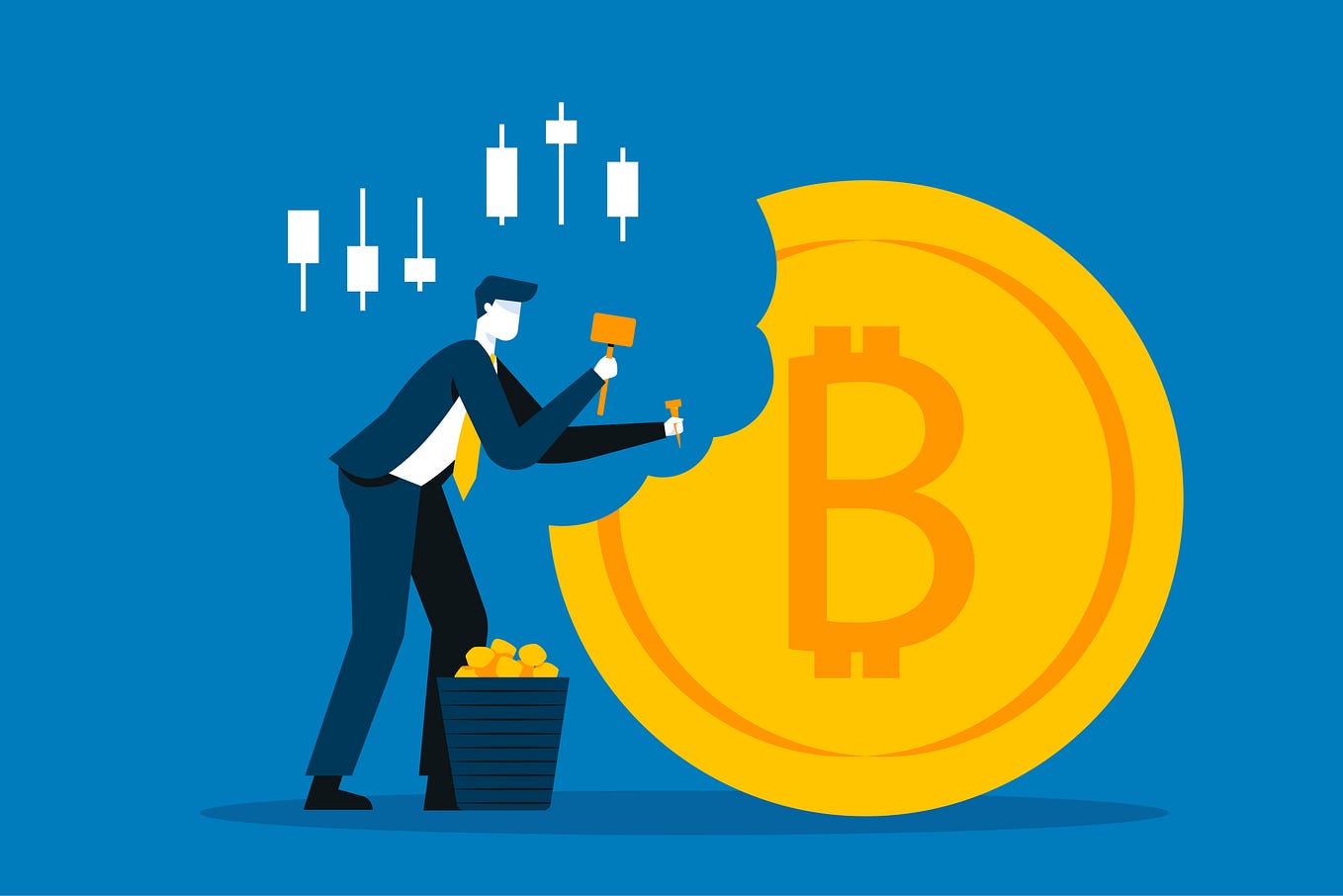The mining sector for Bitcoin is under growing financial strain by 2025. Recent data from CryptoQuant indicates that miners are dumping more of their Bitcoin holdings than typically. Since miner activity usually serves as a leading signal of more general market mood, this development has generated questions throughout the bitcoin industry. The explosion of Bitcoin transfers from miner wallets to exchanges points to many selling to pay for running expenses rather than long-term profit retention. While miners are paying more for electricity and a very competitive market, the April Blockchain Revolution halving remaining fresh is causing less BTC payouts per block.
Halving Effects and Contracting Rewards
The recent halving event in April 2024 is one of the main causes of the rising Bitcoin selling by miners. By halfing the block reward from 6.25 BTC to 3.125 BTC, this halves miner income. Though the event is a regular feature of Bitcoin’s architecture meant to prevent inflation and finally cap the supply at 21 million BTC—it has a significant short-term effect on miner income.

Many miners, particularly those running older or less efficient hardware, find the lower payouts no more worth the expense of electricity and maintenance. They are using their Bitcoin reserves to close the shortfall in face of reduced income. Data from CryptoQuant shows a rise in BTC transactions from miner wallets to exchanges, indicating miners are selling holdings to keep business afloat. This has generated more supply on the market, which helps to explain temporary price pressure downward.
Growing Operational Costs Squeeze Margins
Halving has cut block awards, but growing operational costs are aggravating the issue. A big part of mining expenses, electricity prices have skyrocketed worldwide because of inflation, geopolitical concerns, and disruptions to energy supplies. Miners in formerly regarded power havens are now struggling with more bills, which makes profitability more difficult to reach. Particularly for highly efficient sophisticated ASIC miners, hardware prices are also rising. Additional challenges come from maintenance, cooling systems, and facility improvements.
Even big mining companies with big capital reserves are feeling the pressure in this environment. Smaller businesses are being pushed to sell more Bitcoin just to survive or are being squeezed out. Though it shows a liquidity crisis, this wave of forced selling is not necessarily gloomy in aim. Selling Bitcoin is a survival strategy used by miners not because they desire but rather because they have to pay immediate expenses and avoid bankruptcy.
Investor Reaction and Market Feeling
Within the crypto ecosystem, miners are quite important psychologically. Those that hang onto their Bitcoin come across as believing in future price increase. For retail investors who see the sell as a pessimistic indication, it often sets off anxiety. The present wave of miner sales has clearly unsettled several areas of the market. The price of Bitcoin has displayed more volatility; regular declines match significant inflows from mining wallets to exchanges. For long-term holders and institutional investors, however, this trend is not always alarming. Based on historical patterns, it seems that episodes of miner capitulation usually precede robust price recovery. Still, short term emotion is still delicate. An vital clue of whether miners are finding sustainable footing or sliding deeper into financial difficulty, the market is keenly observing to see whether this selling trend continues or fades.
For long-term holders and institutional investors, however, this trend is not always alarming. Based on historical patterns, it seems that episodes of miner capitulation usually precede robust price recovery. Still, short term emotion is still delicate. An vital clue of whether miners are finding sustainable footing or sliding deeper into financial difficulty, the market is keenly observing to see whether this selling trend continues or fades.
Strategic Reactions in the Mining Industry
Many mining companies are aggressively changing their plans in reaction to these growing stresses. The game of days is efficiency. Miners are moving operations to nations with less expensive and more consistent electricity, updating their technology to newer, more energy-efficient models, and forming alliances that cut expenses via common infrastructure.
Others are branching out into altcoin mining, providing hosting solutions, or even varying income sources by engaging in services including mining-as-a-service (MaaS). Though it is under pressure, the sector is also changing quickly. Those who can effectively negotiate these changes might come out stronger with less competition and a more efficient organization.
Final Thoughts
The present rise in Bitcoin Market sales by miners reflects greater economic stress in the industry, not only a passing anomaly. Halvings are meant to lower inflation and honor scarcity, but they also present major difficulties for miners depending on block rewards to keep their companies running. Many miners are having to sell their reserves in order to survive given increasing running expenses and market volatility. This selling activity indicates a required change in the mining sector even while it helps to create temporary pressure on the price of Bitcoin. Long-term resilience and efficiency of the industry might grow as effective operations leave and stronger players adjust.


